You are going to visit Indre, find out what the best things to do and see for a stay in this department!
Visiting Indre will seduce lovers of nature and historical heritage. In the heart of Berry, the department has very well preserved fortified castles, classified monuments, remarkable gardens and cities known as "Best Villages of France".
Add to this a wonderful natural park and some museums and historic residences, you will have to spend a very pleasant stay. Would you like to visit Indre? Here are 13 must-have places to put in your program.
1. Castleroux
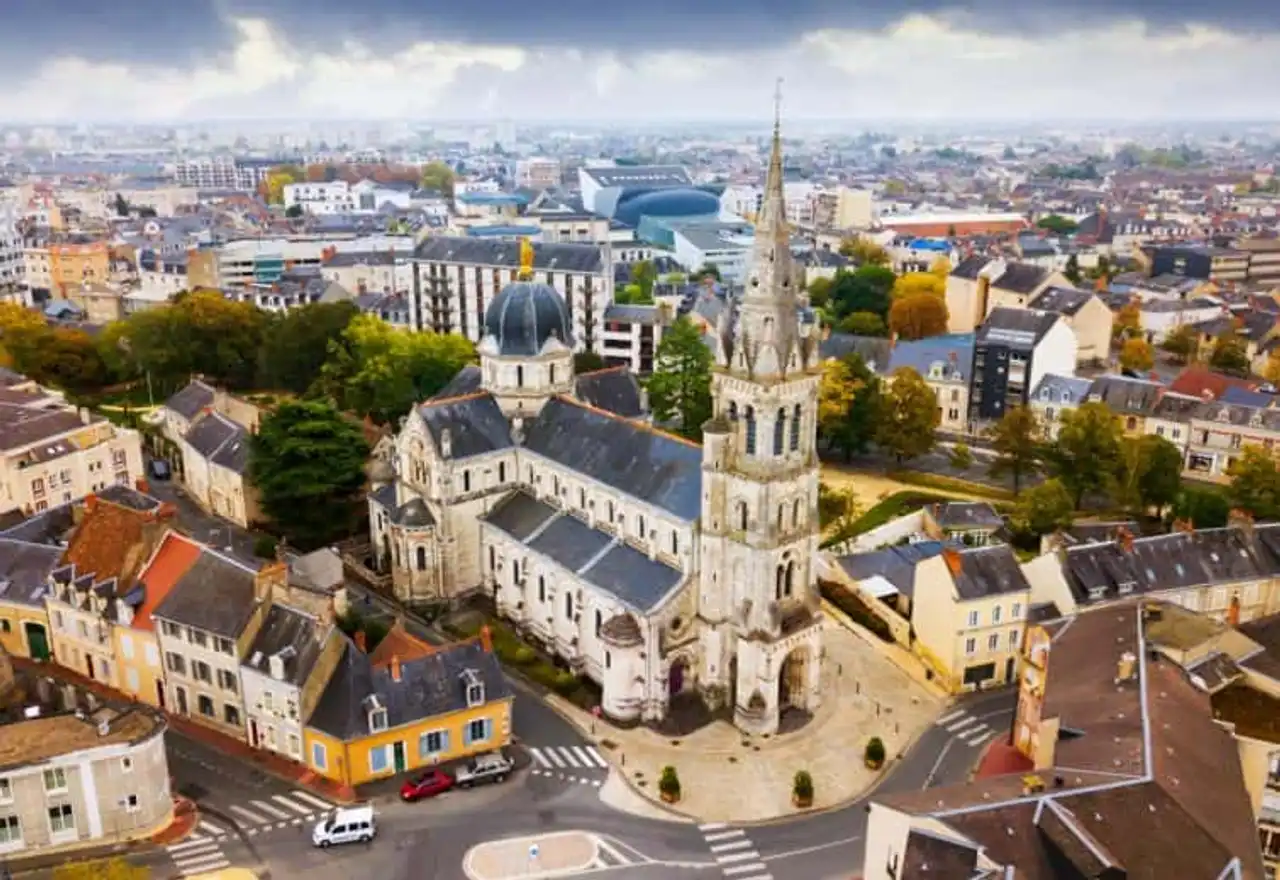
Aerial view of Chateauroux and the church Notre-Dame de Chateauroux -
Photo credit: Shutterstock – Iakov Filimonov
Prefecture of the department of Indre, the capital of Bas-Berry is a large city with a view to this agricultural region. A city classified as “4 Fleurs” and “Grand prix national du fleurissement”, Châteauroux also enjoys a cultural and architectural heritage to discover. The Couvent des Cordeliers is one of the must-sees. This former Franciscan monastery of the 13th century houses contemporary art exhibitions. Its garden deserves a pleasant halt.
The other remarkable site of Châteauroux is certainly the Bertrand Museum. His collections include Gallo-Roman works, Napoleonic souvenirs, Flemish and Dutch paintings. Among the other places of interest, do not miss Raoul Castle, Balsan Castle. Finally, don't leave without having tasted the Berricho specialities, such as the stuffed Brenne carp or the Chârost croquet.
2. Forest of Châteauroux
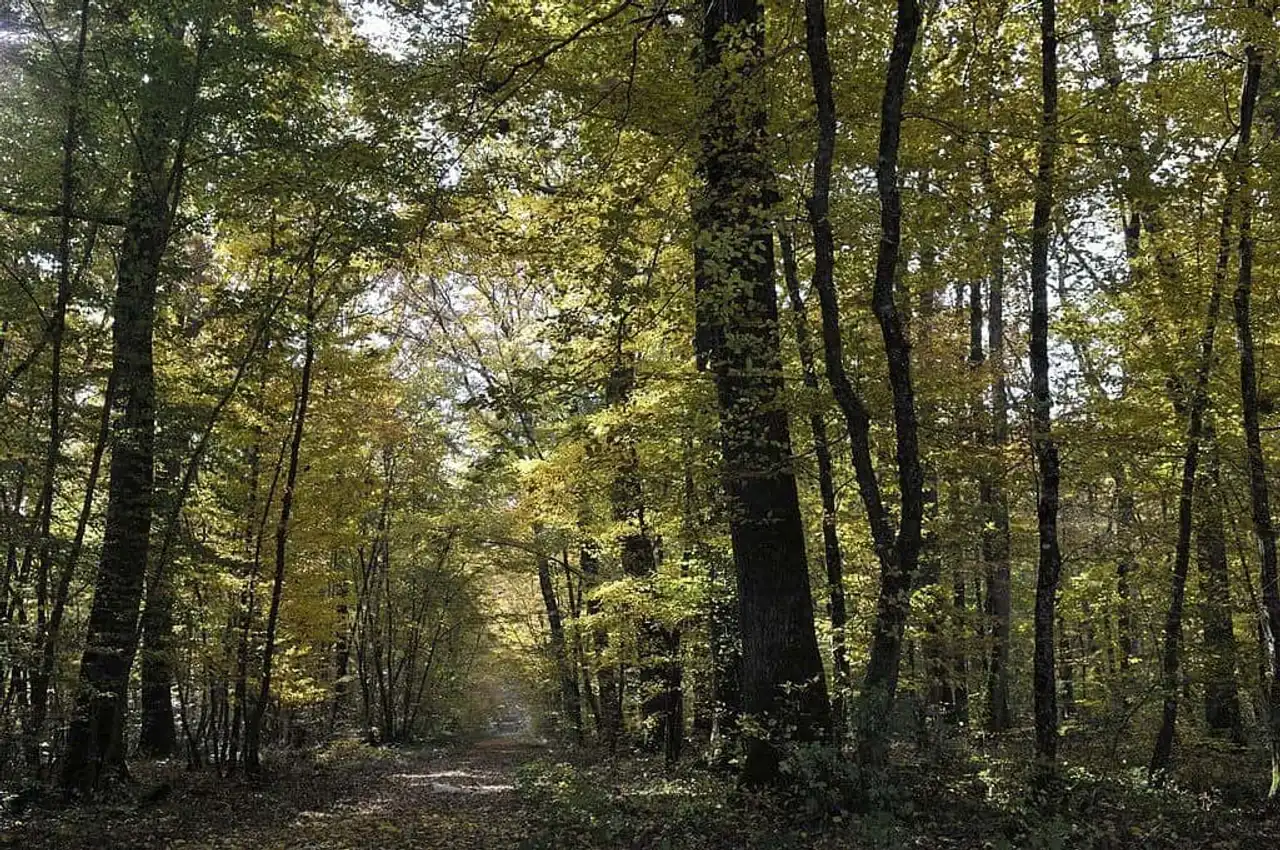
Photo credit: Wikipedia – Poinçonnet Town Hall
To the south, take the direction of the Châteauroux forest for a family trip. Known for its oaks and walker paradise, it extends over an area of 5,207 hectares punctuated with marked trails. Its history is linked to that of the princes of Deols and the seigneury of Châteauroux.
3. Brenne Regional Natural Park
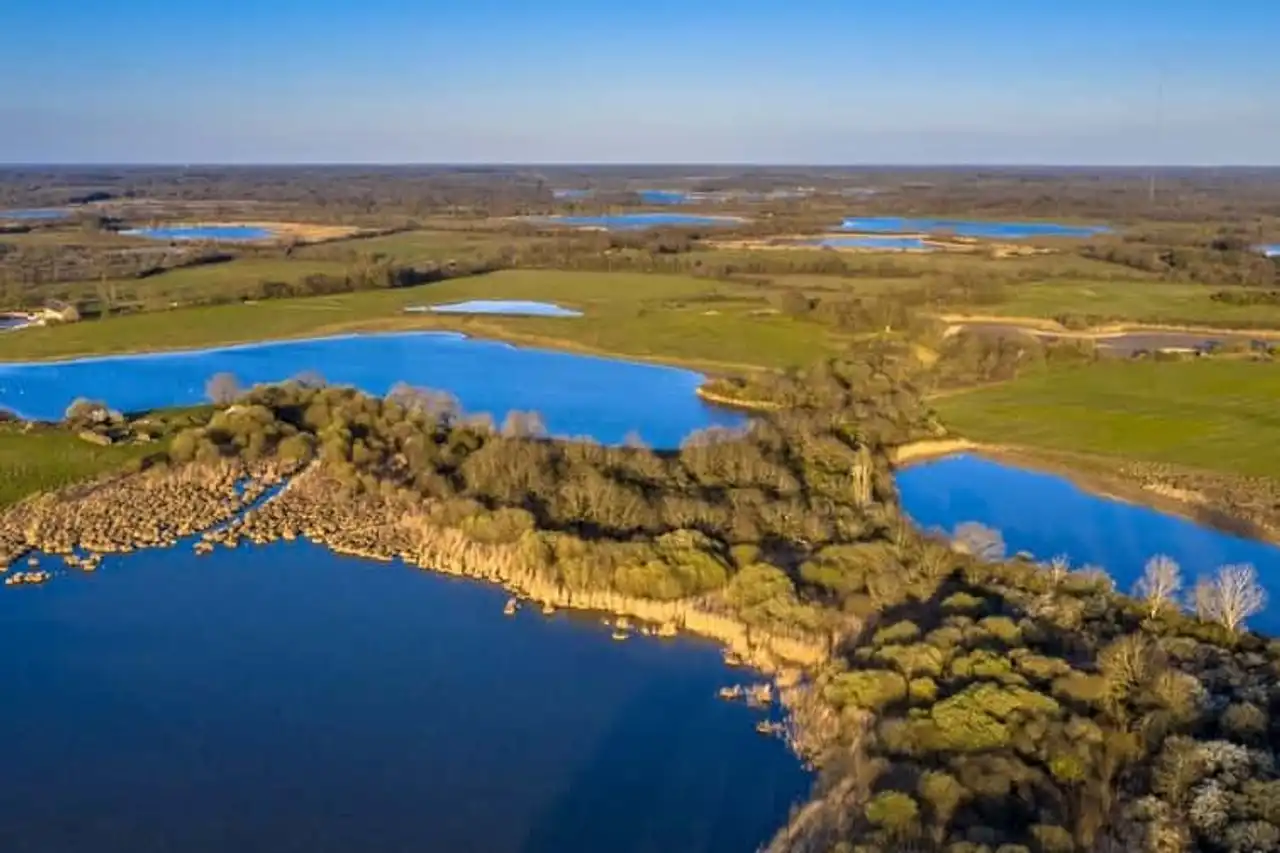
Photo credit: Shutterstock – Rudmer Zwerver
Nature lovers, you can’t visit Indre without stopping a day at the Brenne Natural Park! At the edge of Berry, Touraine, Poitou and Limousin, this vast natural space covers some 183,000 hectares of wild and preserved landscapes.
Its ponds, forests, mooring and valleys can be found on the marked paths. Thousands of insects and animals, 3,000 ponds, 267 bird species, 100,000 Cistude turtles, 1,600 plant species are to be observed.
A tip: pass through the park house to benefit from all the explanations about the creation of ponds, built by man and become a place of conservation of animal species.
4. Château de Valençay
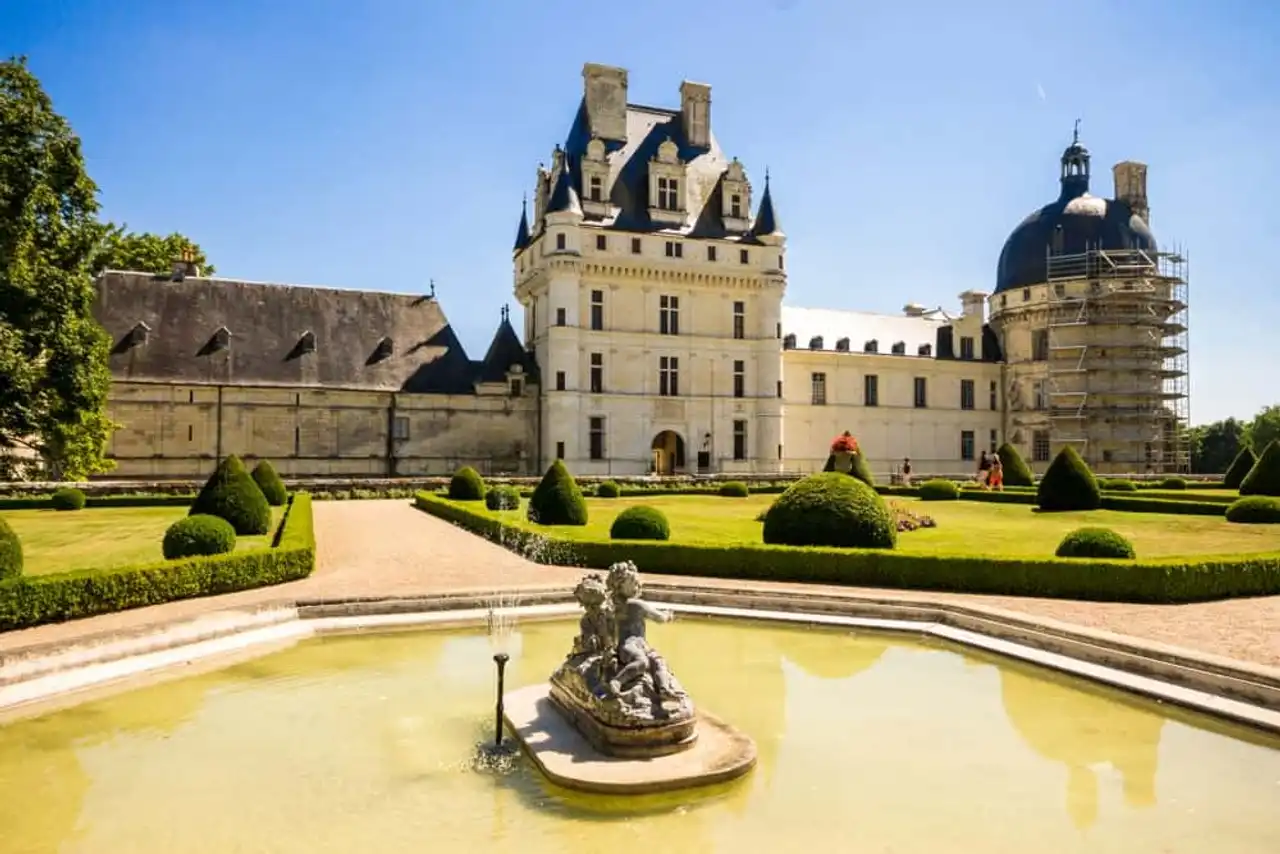
Photo credit: Shutterstock – Joaquin Ossorio Castillo
To visit the Indre as you should, you should not miss the visit of the Château de Valençay, the jewel of the department! The building incorporates several architectural styles, from the Renaissance to the classic. It overlooks the Nahon valley, which gives it an undeniable charm.
Built from the Middle Ages, the castle was remarkably embellished in the 19th century. Indeed, new master of the place, the Prince of Talleyrand acquired it in 1803. He then richly ornamented it to make it a place of reception in the service of his diplomacy.
Inside, Valençay Castle is fully furnished and decorated with thousands of precious objects. Outside, beautiful French gardens and a forest cover 53 hectares. Educational panels inform about the 25 species of trees present. This natural space can be explored on foot or by electric car on a 4 km course.
5. Issoudun
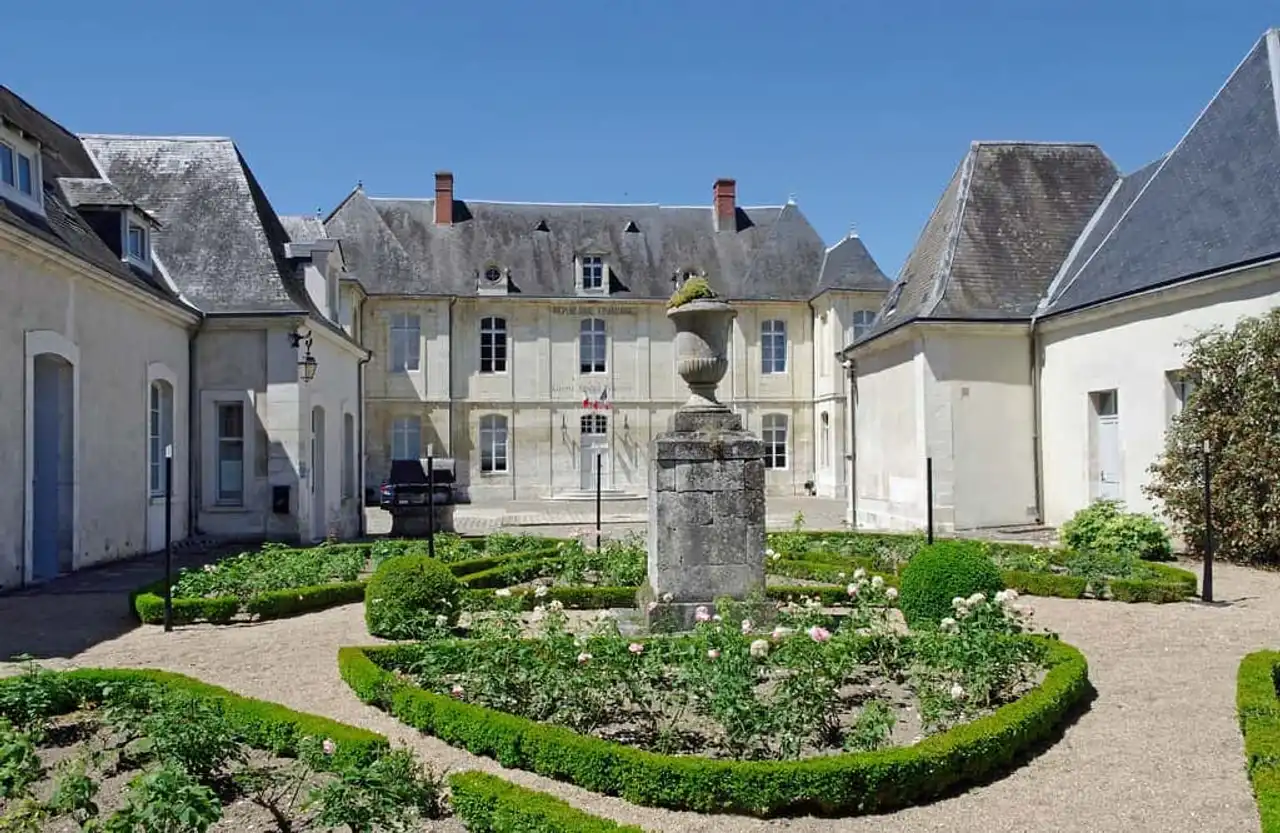
Photo credit: Shutterstock – Daniel Jolivet
The city of Issoudun offers the best of what to see and do in Indre: museum, water-based strolling, historic streets, gourmet restaurants... Begin by the Museum of the Holy Hospice Saint-Roch: built in the 12th century, then enlarged from the 15th to the 18th century, the building was erected on the former Hôtel-Dieu dedicated to Saint Roch, patron of the pestiférés. The collections include archaeological pieces of sculptures, works of the five continents and contemporary art.
Once this cultural visit has been completed, go to the White Tower to take the height and admire the city (attention, it is only open from April to September). In summer, walk the river in canoe.
A tip: pass by the Tourist Office to ask “The keys of the city”, a free document describing a historic journey through the old city.
6. Château de Bouges
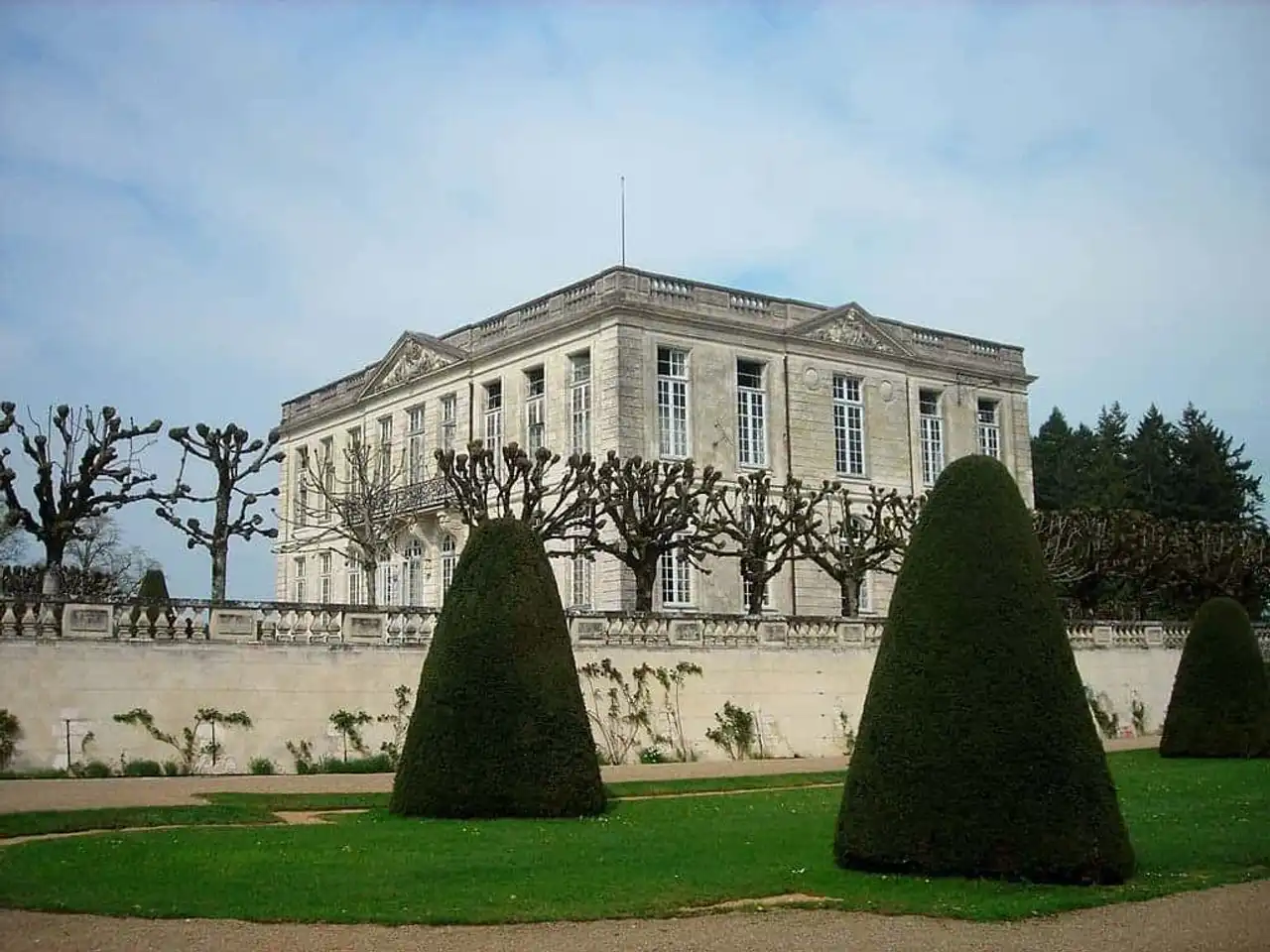
Photo credit: Wikipedia – Peyot
In the middle of the countryside, Bouges Castle is an Italian building dating from 1759. With a splendid hall of honour in trumpet-eye, the elegant Louis XV house has precious furniture and an important collection of art objects.
Its English park spans 80 hectares, its French gardens, its garden and its large exotic greenhouse deserve their label Remarkable garden . The site evokes the little Trianon of Versailles. Commented tours of the castle and its exterior allow you to fully enjoy this must-see place to visit in Indre.
7. Vic Fresques
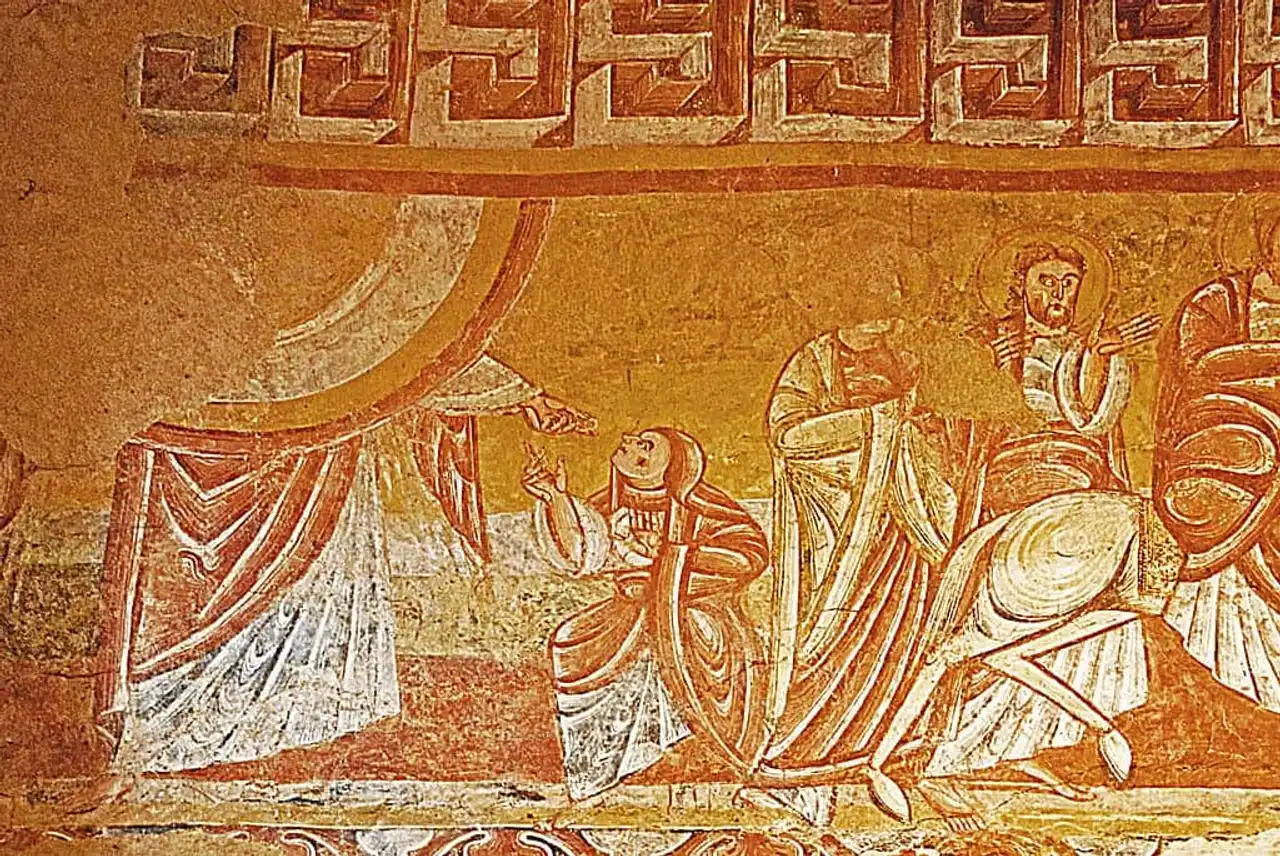
Photo credit: Wikipedia – Jochen Jahnke
The church of Saint-Martin, in the village of Nohant-Vic, is decorated by exceptional frescoes. Dating from the 12th century, long hidden by a coated, they were rediscovered in 1849 and reported by George Sand to Prosper Mérimée. It was thanks to him that the church was ranked as a Historic Monument in 1850.
Representative of the development of Romanesque art in Berry, the frescoes are part of the French religious heritage. Among the scenes represented, Redemption appears as the main theme, from birth to death of Christ.
Note: commented visits allow us to understand all the iconography and the richness of the decor.
8. Creuse Valley
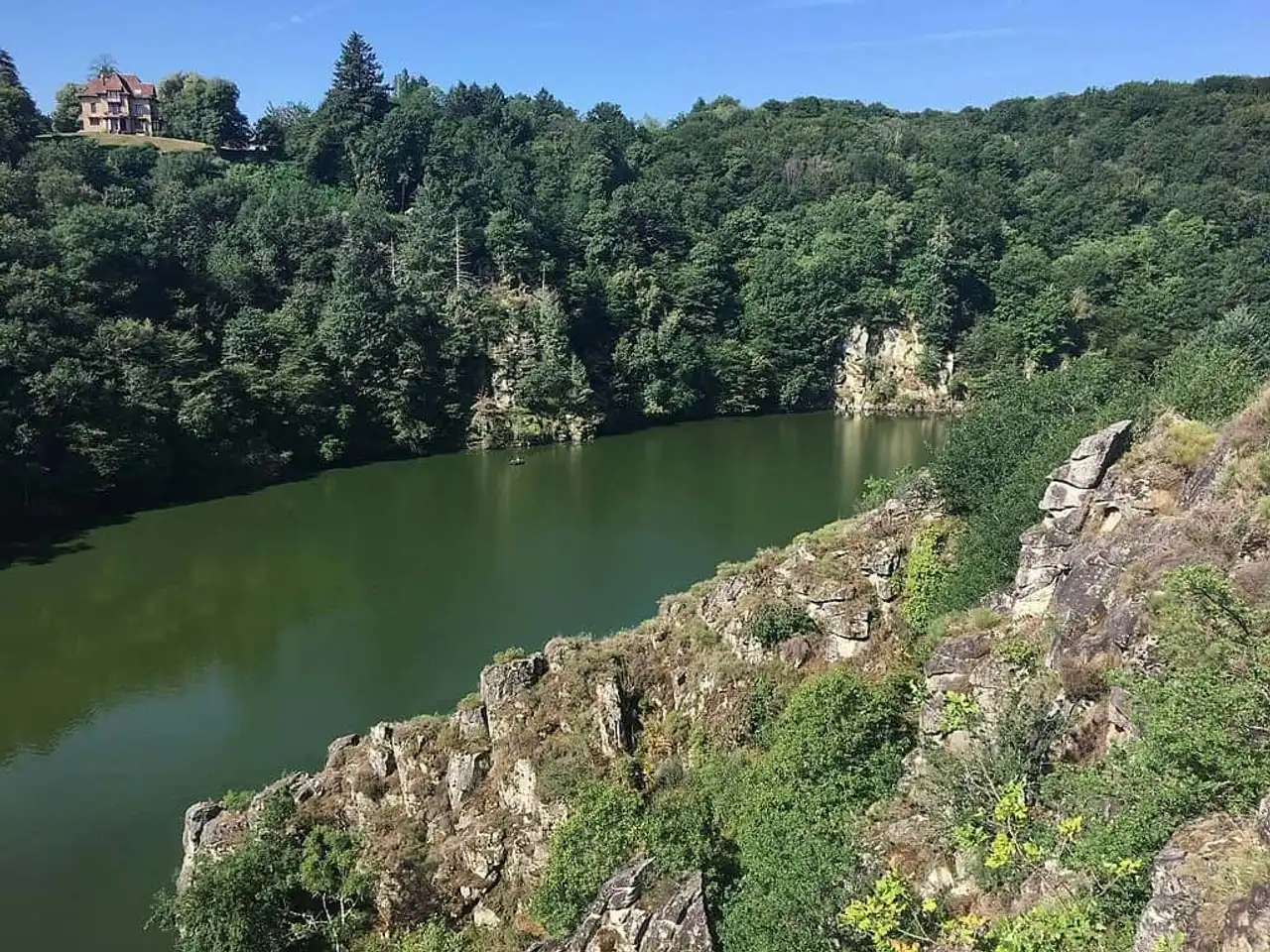
Photo credit: Wikipedia – Floppy36
In the 19th century, many painters came to be inspired by the colours and the wonderful nature of the Creuse Valley, like Claude Monet. Between the 1850s and 1920s, the artists gradually gave birth to impressionism by painting external motifs.
This border area between the Paris Basin and the Central Massif enjoys wild landscapes surrounding the Creuse River. Hills and rocks, deep valley: the esthetics and contemplatives wishing to visit Indre will be filled.
Opinions to amateurs: the best view to paint or photograph is probably the loop of the Pin that faces the Romanesque church of Ceaulmont.
9. Automobile Museum
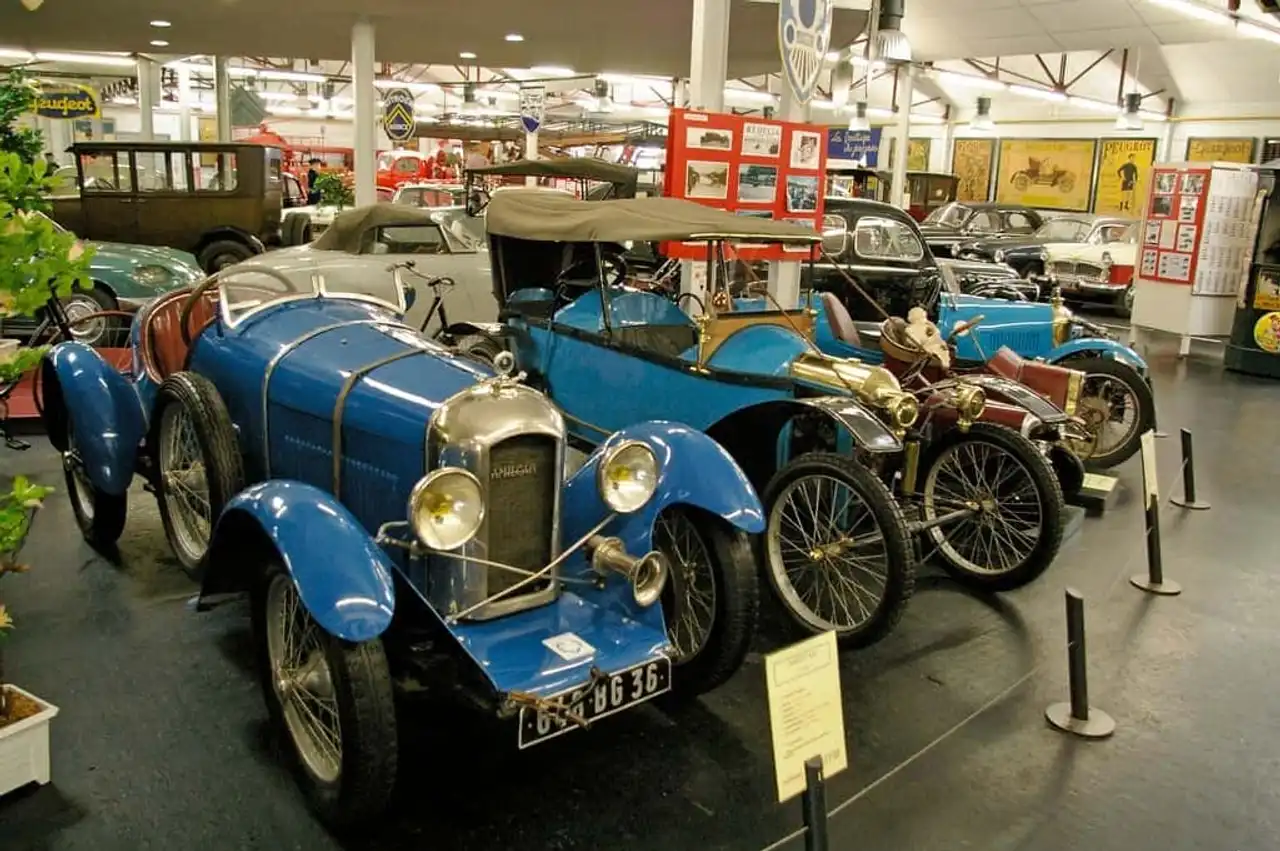
Photo credit: Flickr – Daniel Jolivet
Located in Valençay, the Automobile Museum dedicates its 1,600 m2 to the revolutionary invention. In addition to some 60 collection cars dating back to 1898, there are garage signs, spare parts and posters.
A space dedicated to vehicle drawings and a video game area complete the visit. The enthusiasts can even drive a 1926 model!
10. Argenton-sur-Creuse
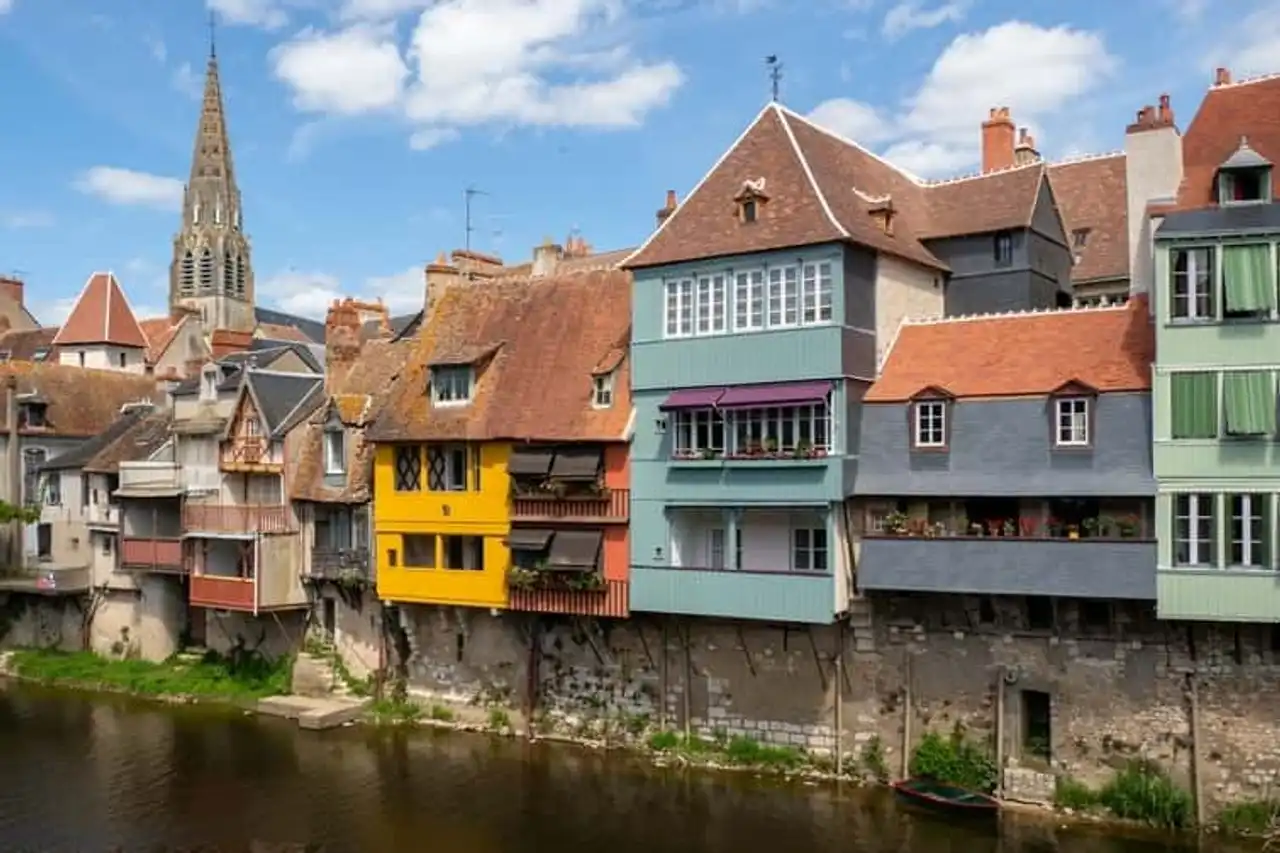
Photo credit: Shutterstock – Serge Goujon
Argenton is certainly the ideal village for couples who come to visit India. At the rhythm of the Creuse, the village is unveiled as it progresses in its small old streets, its old mills, its houses with doves above the river.
From the esplanade of the Good Lady, the view dominates the green hills of the Creuse Valley. The Museum of Chemistry and Men’s Elegance recalls the tradition of laundry, which contributed to the development of the city in the nineteenth century.
11. House of George Sand
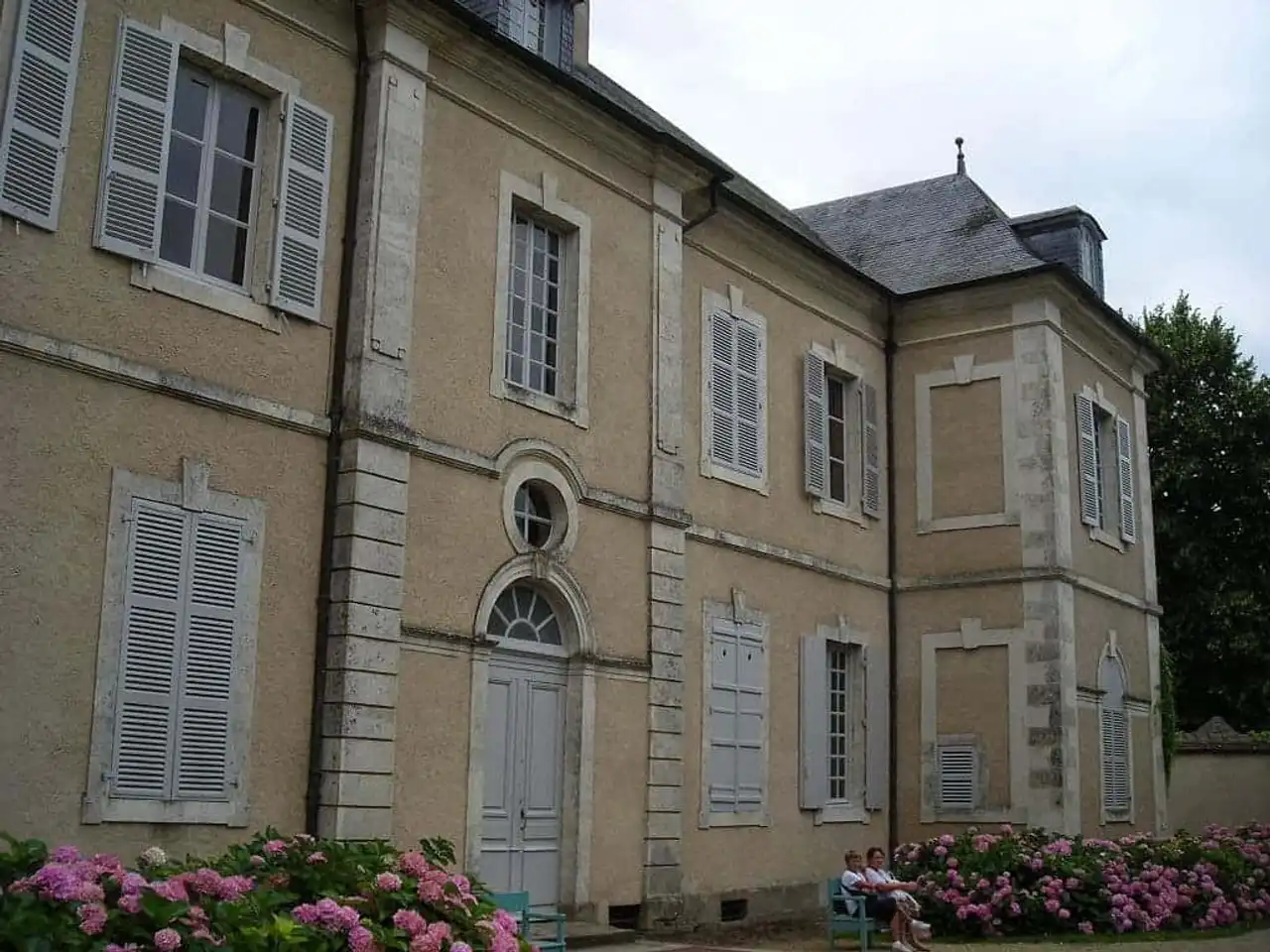
Photo credit: Wikipedia – ManuD
Located in Nohant, the home of the novelist George Sand is a must-see in Indre. This XVIII century home has an overanimated charm and a classified garden Remarkable garden , as well as a park in English. Many memories of George Sand and his guests are still visible. Chopin, Liszt, Balzac or Flaubert stayed with their friend and we can still feel this atmosphere of art and romanticism.
Some rooms in the house have not changed since the 19th century. Right next door, George Sand is buried in a small private cemetery under a huge centennial if. The best way to explore places is to benefit from the comments of a guide that will give you many anecdotes about the life of the writer and his friends.
12. Saint-Benoît-du-Sault
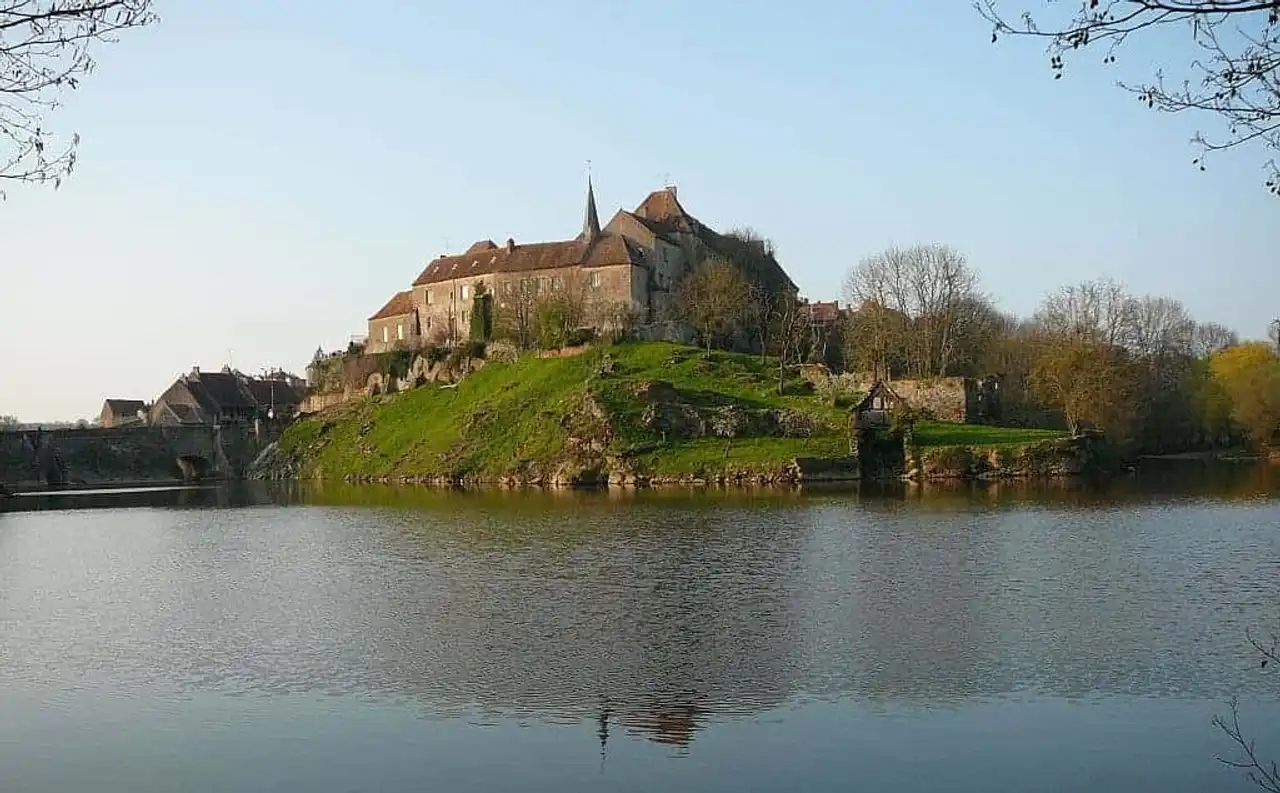
Photo credit: Wikipedia – lago17
This is one of the best villages to visit in Indre! Fully perched on its rocky sparrow overlooking the river, Saint-Benoît-du-Sault is a medieval city once inhabited by Benedictine monks and located 47 km from Châteauroux. We visit the town on foot, beginning with its fortified door opened in the ramparts, near the belfry.
Through this walk, we walk through the old alleys and venelles, we discover the half-timbered houses of the 15th and 16th centuries. The placette flowery restaurant is ideal for a gourmet stop, before exploring the surroundings.
13. Zoological reserve of La Haute-touche
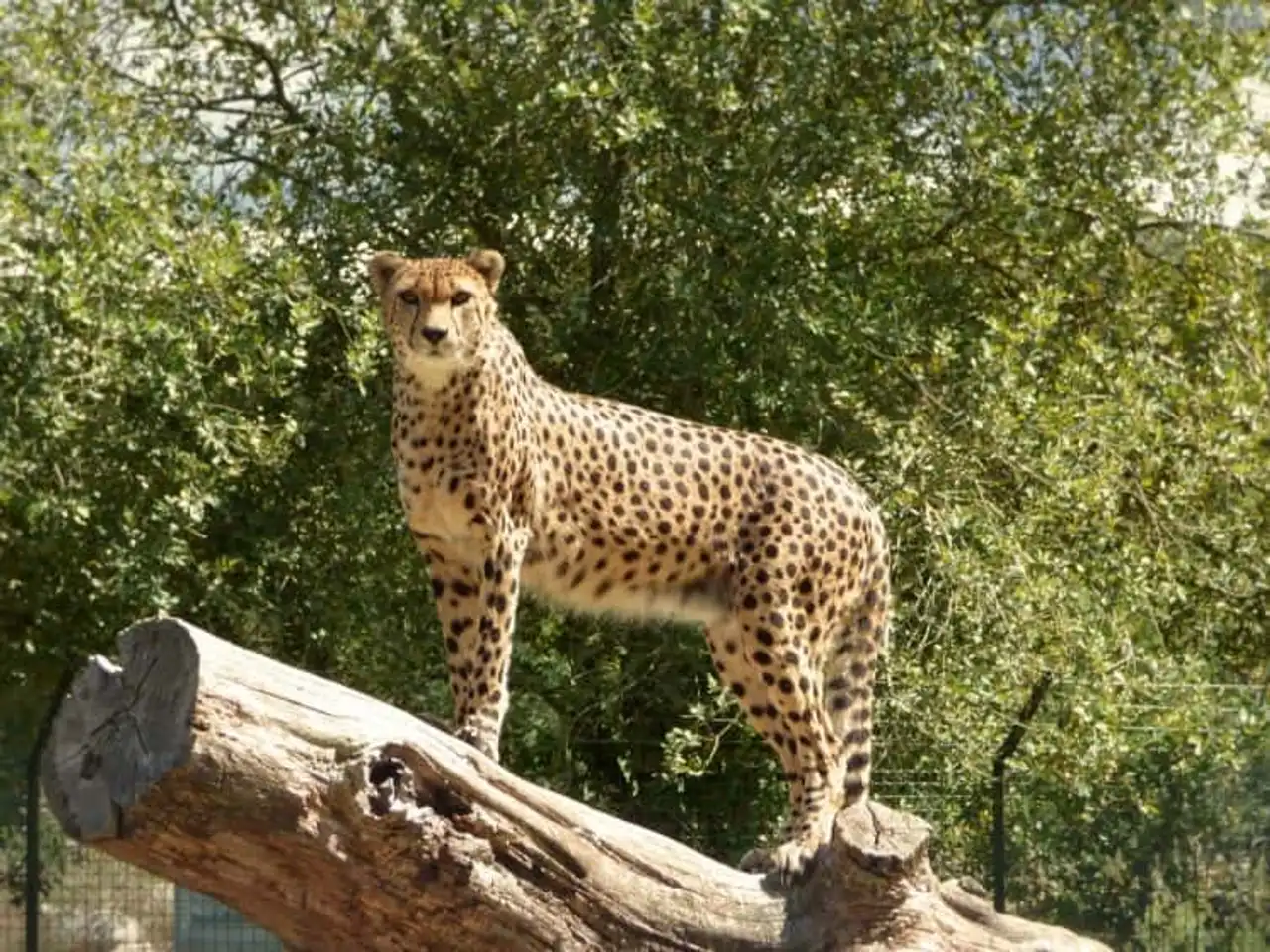
Photo credit: Facebook – Haute-Touche Zoological Reserve
Would you like to visit the Indre family? Cap on the Zoological Reserve of the Haute-Touche! Built in the 15th century, the estate of Haute-Touche was first an outbuilding of the castle of Azay-le-Ferron, before becoming in 1959 a reserve for the animals of the Zoological Parks of Paris and the Ménagerie du Jardin des Plantes.
Since its opening to the public in 1980, it has continuously incorporated new animal species. On 436 hectares of forest, the reserve houses herbivores, carnivores, primates and birds. At 1h from Tours and Châteauroux, it is open from April to November.
How do I go to Indre?
To visit Indre, you can take the train, car or plane. Located in the centre of France, in the region of the Centre-Val de Loire, the department is easily accessible. We describe below the various possible modes of transport. You can also check out an online comparison such as Skyscanner to find interesting deals on flights, car rentals or hotels.
By car
The car turns out to be the most convenient mode of transport if you come from another region of France or if you want to be free from your schedules. Count about 2h30 since Paris by the highway A20 from Orléans, 3h30 since Bordeaux . Lille is at 4:30, Montpellier Less than five. The national road RN151 and the departmentals are flying out of Berry.
By train
Although you can visit the Indre from several stations, you will certainly arrive at Châteauroux. Indeed, a direct train from Paris-Austerlitz leads you in just over 2 hours. Lille, Bordeaux, Montpellier and Strasbourg Also connects the Indre prefecture with correspondence.
Once on site, the TER train allows you to pass from city to city, on a north-south axis, while many bus lines climb around Castleroux.
By bus
Several bus companies make connections to and from Châteauroux. On site, a large network runs through the entire department. Most places of interest are therefore accessible by public transport for a modest cost.
By plane
If Châteauroux Airport is best known for its freight service, there are nevertheless some charters in the season. If you have to fly, it is more likely that you will arrive in Tours (some connections since Marseille in particular) or in Paris. To find the best flight at the best price, do not hesitate to use a flight comparison like Skyscanner .
Where to stay in Indre?
L’Indre is rich in its varied addresses: hotels, campsites, guest rooms, holiday villages, hostels or unusual accommodations: there are for all tastes and budgets. As for location, the only big city is Castleroux . It is an excellent starting point if you are not trafficked.
Otherwise, staying in a small village in the department can be charming, especially for a romantic getaway. Although Indre does not know a tourist peak, we recommend you go to a hotel comparison online to find the best offers on your dates of stay.
Now that you know what to do in this bucolic region, prepare your suitcases and go for adventure!
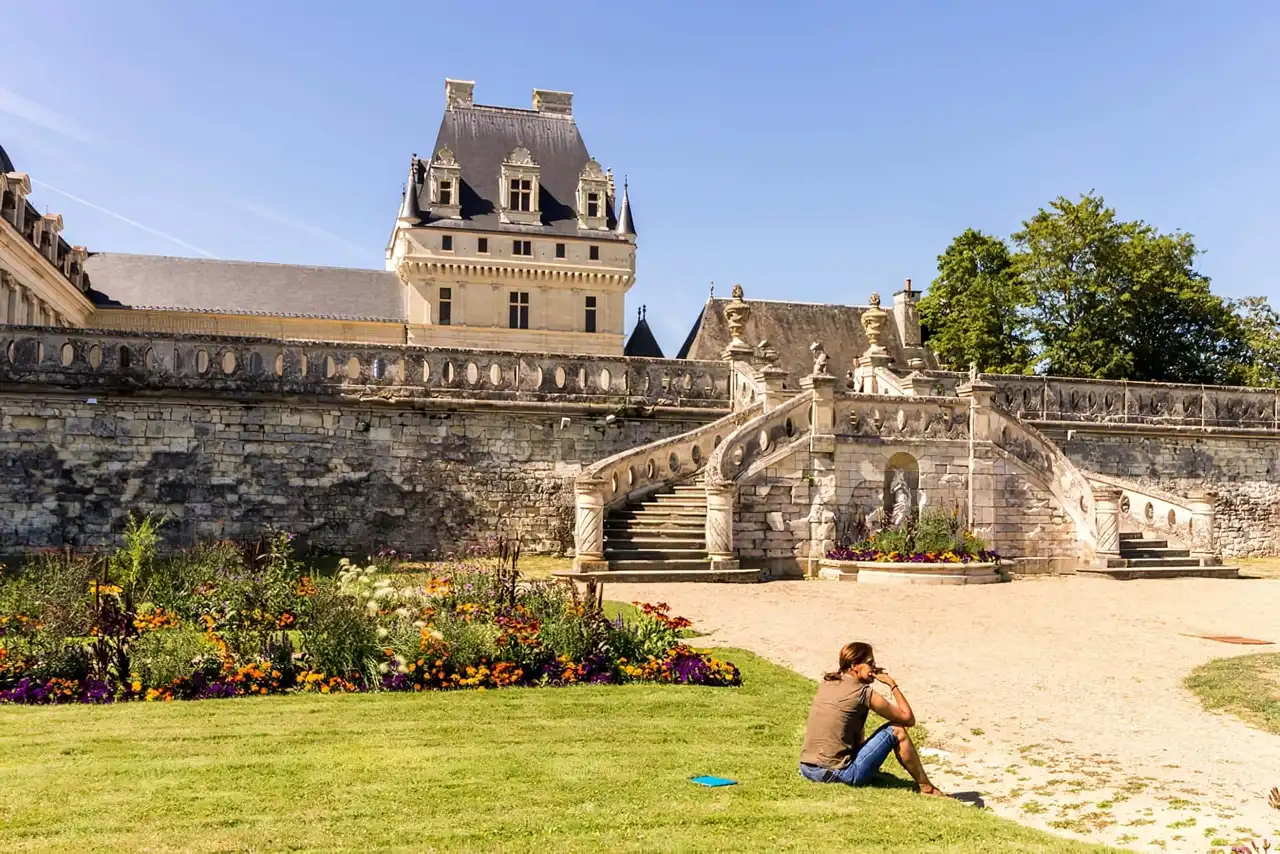




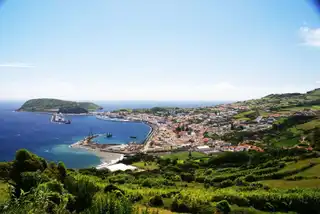
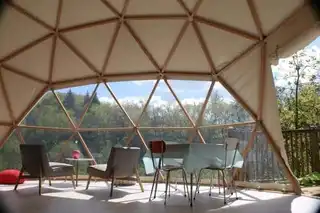
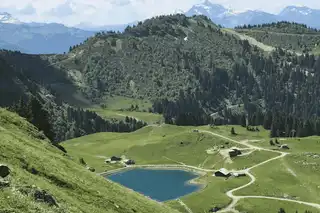
Loading comments ...